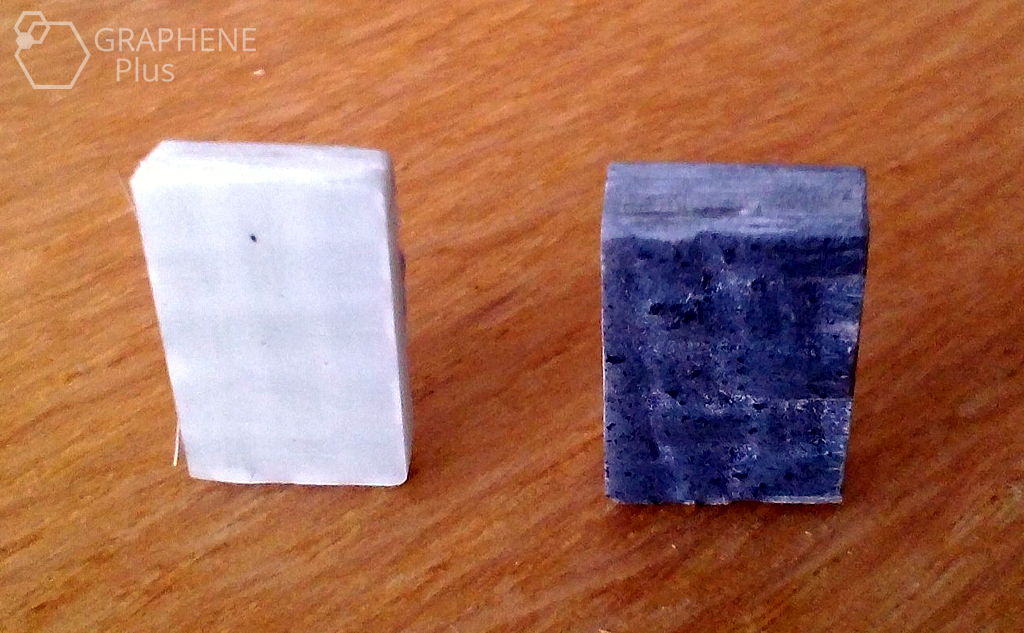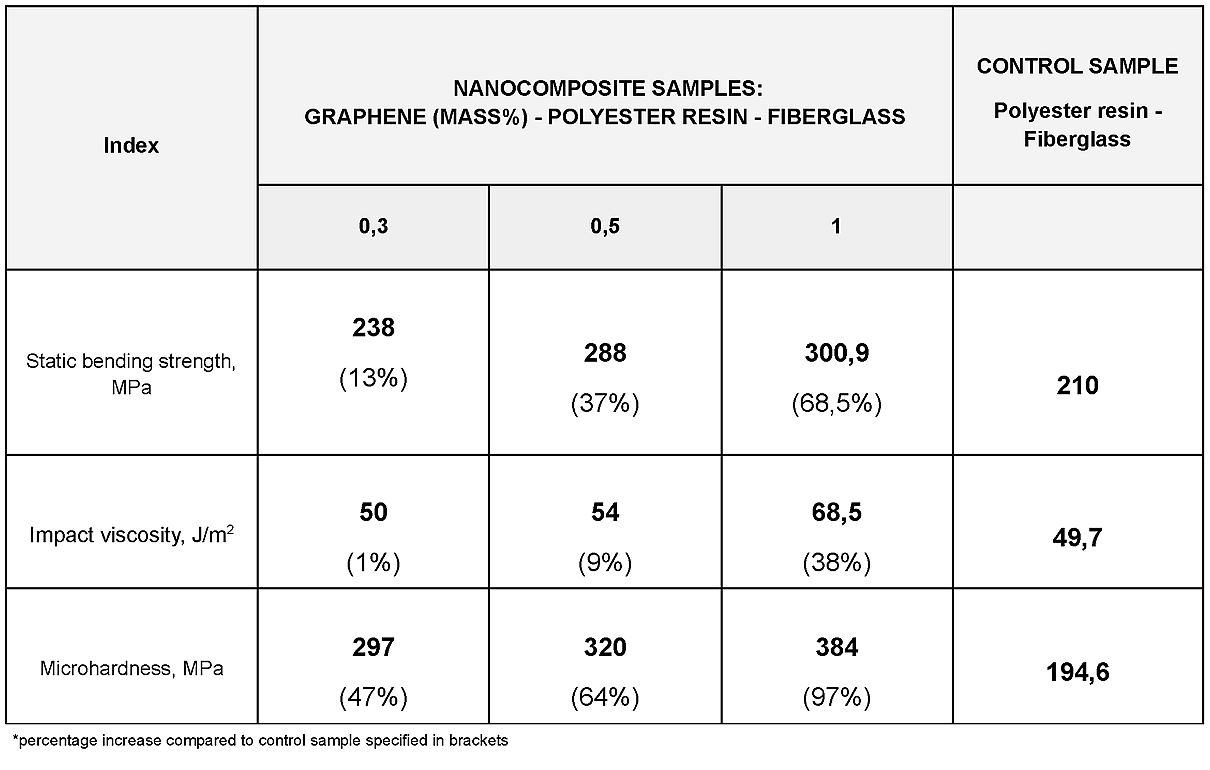Nanocomposites are multicomponent materials in which one of the components (filler) in at least one dimension has dimensions of no more than 100 nm. The creation of composites using carbon nanomaterials is one of the priority areas of the Graphen Plus company.
Today’s stringent requirements for the latest products, which are required by high-tech industries, require increased operational characteristics: uptime, operating life, reliable operation in a wide range of temperatures, strength, wear resistance, high impact toughness, crack resistance, etc.
One of the options for achieving the required characteristics of materials is creation and use of nanocomposites. Due to their structure and unique characteristics of fillers, nanocomposites have excellent physical and chemical properties. Such innovative materials are multipurpose and can be successfully used in aerospace, defense, and automotive industries, in medicine (e.g. for joint prosthetics), electronics, in the development of new sensors, etc.
In this regard, nanocomposites are now considered new extremely promising types of nanomaterials.
Polymer-based nanocomposites differ from conventional composites in their lower weight, higher impact resistance and wear resistance, and high resistance to chemical effects. The main condition for the production of nanocomposites with desired properties is full compatibility of the base material and nanoparticles. In addition, a uniform distribution of nanoparticles in the polymer volume is required.
Thus, the production of nanocomposites is a high-tech process and requires significant scientific research.
The properties of a polymer composite are determined by three main characteristics: the dimension of the nanostructured component, the limitations imposed by the composite matrix in the nanometer range, and the location of the nanostructured component in the polymer matrix. The final properties of the polymer composite depend both on the individual properties of organic and inorganic nanoparticles-components, and on the relative position and interaction between them.
The use of graphene fillers in composite polymer materials leads to an increase in their main performance characteristics as compared to similar composites based on conventional fillers. A significant improvement in various properties of the composite, namely, mechanical, electrical and thermal properties, can be achieved by introducing a relatively small amount of graphene nanostructured additives. The resulting polymer nanocomposites are lighter than conventional polymer composites, but the elastic modulus, strength, toughness, and other bulk properties are improved.
Graphene Plus specialists developed an innovative method for creating nanocomposites based on polymer matrices with the inclusion of thermally reduced modified graphene oxide, which can significantly increase composite performance characteristics. Comprehensive studies have shown that the impact toughness of the nanocomposite increases by 37%, the static bending strength – up to 54%, which is essential for many applied applications.
By using microindentation, it was found that the presence of thermally reduced graphene oxide in nanocomposites strongly limits the mobility of molecular segments. In nanocomposites, polyester resin-fiberglass-graphene oxide with a concentration of 0.5 and 1 wt. % graphene oxide, the growth of microhardness at room temperature was 64% and 97%, respectively, compared with the initial samples. A decrease to -15% in shrinkage during polymerization was also noted.
COOPERATION
Our company is engaged in developments in the field of industrial applications of carbon nanomaterials, creates new products based on graphene and fullerene, and performs research and implementation into technological processes of industrial enterprises on order. Interested?



